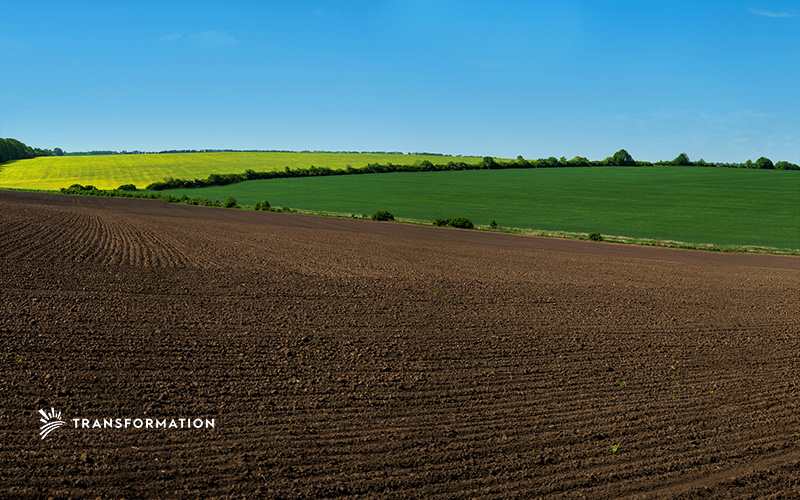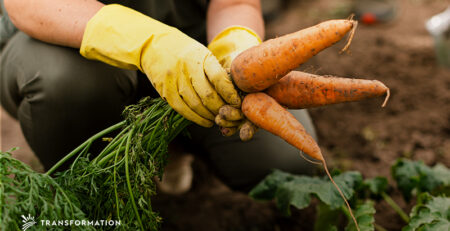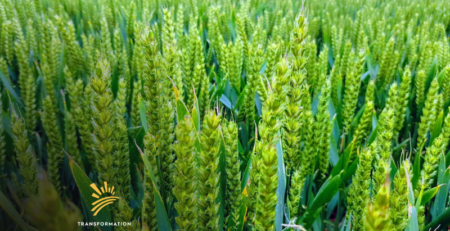What Is a Collective Farm, and How Does it Help Sustainable Agriculture?
Over the years, there have been many revolutionary changes in farming methods; soil erosion and fertilization have become major concerns for contemporary farmers. The collective farm was created as a sustainable alternative to modern-day agriculture response. It’s time we understood what this model entails and how it will benefit our way of living in a broader sense.
What is a Collective Farm?
A collective farm is an establishment in which a group of people live on a piece of land and are governed by the farm’s manager. The manager can be elected by the members or selected by the farm’s owner(s). He or she manages resources and conducts farming practices. The collective farm is considered to have greater sustainability, which results in the lowering of expenses. In addition, the increased amount of crops produced per unit of land results in a decrease in costs.
Collective farming encourages the members to be more productive by allowing them to maximize their potential. It is a working community that encourages people to share skills and labor, which results in a smoothly operating establishment. This is because a collective farm’s entire mechanism is based on cooperation and participation. This model allows the members to develop their own professional growth in terms of knowledge, skills, and ability. It also encourages students from agricultural universities or colleges to experience life on a real farm, which benefits their future profession as farmers or landowners.
How Does a Collective Farm Work?
On a collective farm, the members working together are considered to be a team with clearly defined tasks to perform. Their cooperation allows them to grow their business by providing a more efficient output for crops produced per unit area. The collective farm comprises workers sharing the same goals and responsibilities regarding the maintenance and development of their land. This way, they contribute to the growth and overall profit of the farm.
Farmers are considered synonymous with managers, as both have similar responsibilities that authority gives them. The farmer handles the day-to-day operations at the farm and makes sure that everything is flowing smoothly; the manager has supreme authority over the day-to-day activities and is responsible for the overall management of resources and production.
The collective farm model allows farmers to develop their knowledge of agronomy through their participation in a formal program of study. Their role in the collective farm allows them to grow as professional farmers who can operate efficiently with great efficiency.
Benefits of a Collective Farm
1. Low Costs
It costs less to run a collective farm than own a farm in isolation. It also ensures that each member is free to decide about the running of their particular farms. This is good for both farmers and consumers. Collectives reduce costs by using shared equipment, harvesting and storage facilities, and land use. This leads to economies of scale, which reduces overall expenses across an entire farming community.
2. Employment
A collective farm is a form of social capital. This means that it allows members to join forces to achieve sustainability. It also provides work for the farm members and for the entire community, too. This is good because employment is a big issue for many communities. A collective farm helps people be self-sufficient and independent, giving them a greater sense of freedom and security.
3. Innovative Farmers
Collective farms encourage innovative farmers, who are better at establishing new farming methods to improve their income. This is good because it means that members are genetically more adaptable and adaptive to the market’s changing demands. This makes them more productive in terms of yield, which translates into cheaper production costs for the farm. On average, a collective farm reduces costs by about 30%.
How Does a Collective Farm Help Sustainable Agriculture?
Sustainable agriculture is quite an exciting concept that is moving the world toward a better tomorrow. It’s basically a form of agriculture that doesn’t use additives or include products that can endanger the environment. The collective farm has been a great way for farmers to produce more efficiently and produce better foods. Here are a few ways in which it’s helping sustainable agriculture.
1. Cost Effectiveness
For many years, small farms have struggled to compete with large farms. This is mostly due to their lack of knowledge and resources, limiting their production levels. A collective farm allows farmers to gain more knowledge, resulting in greater crop yields per unit area on the same land.
2. Preservation of Natural Resources
A collective farm ensures that natural resources stay in the ground, which helps to protect them from pollution and exploitation. The members are committed to cooperating to better their land and raise local awareness about the importance of preserving these resources. This is also done by promoting sustainable agriculture and natural resource conservation through education.
3. Access to Natural Resources
A collective farm ensures that farmers have access to natural resources. Therefore, they have more than enough to supply their families with food year-round. This is another way that they help to preserve natural resources. Moreover, the collective farm provides information to farmers about the importance of sustainable agriculture and conserving natural resources. This way, farmers are better able to make decisions that are beneficial for their farm and beneficial for future generations.
4. Conservation of Energy
A collective farm is a form of sustainable agriculture that conserves energy, which is useful in lowering operating costs. For instance, mechanical harvesting reduces running costs while allowing an efficient yield increase. The use of modern technology in terms of energy conservation helps farmers take better care of the land and make their farms more sustainable.
5. Socially Responsible Business Model
The collective farm allows the farmers to operate more effectively, which leads to more efficient farming and more economical results, and social responsibility. The members work together in a collaborative environment that promotes sustainable farming methods, which helps conserve natural resources.





Leave a Reply